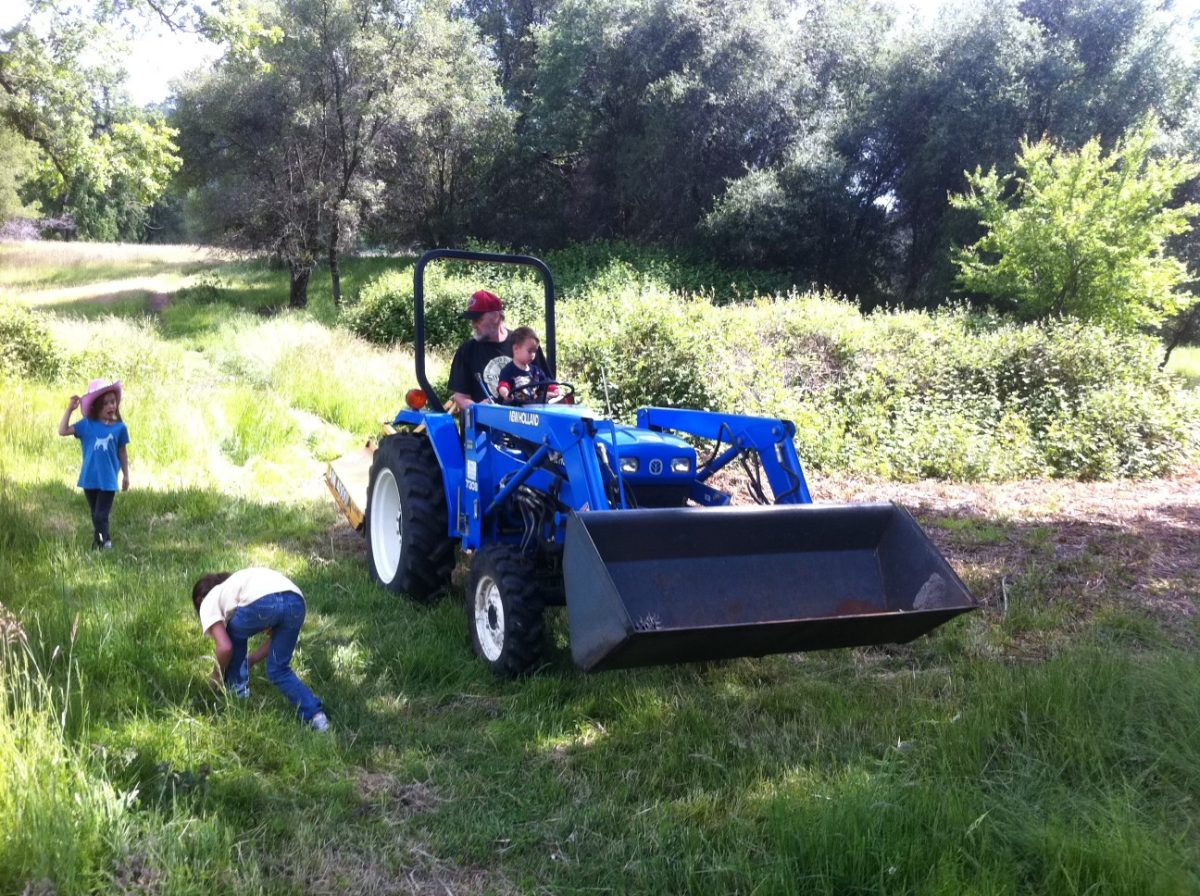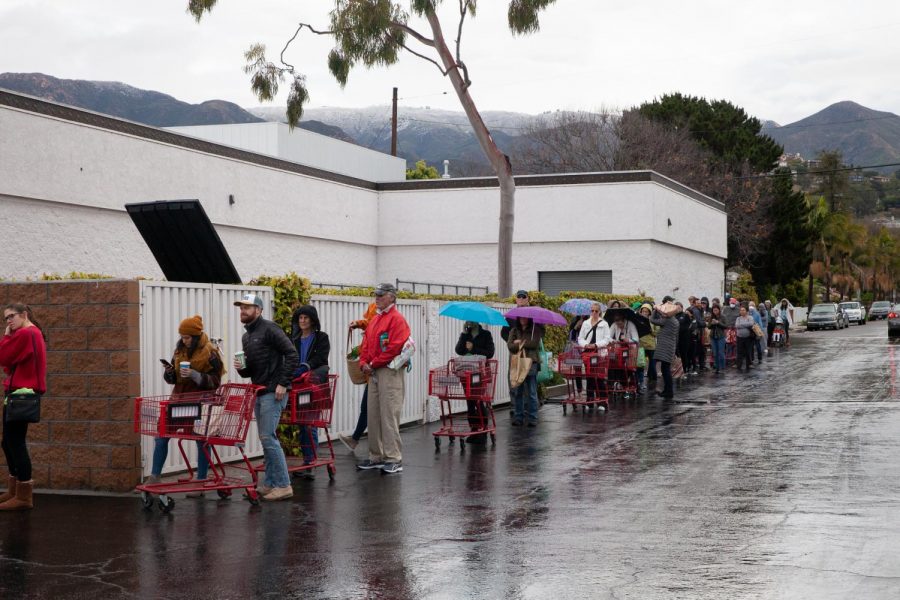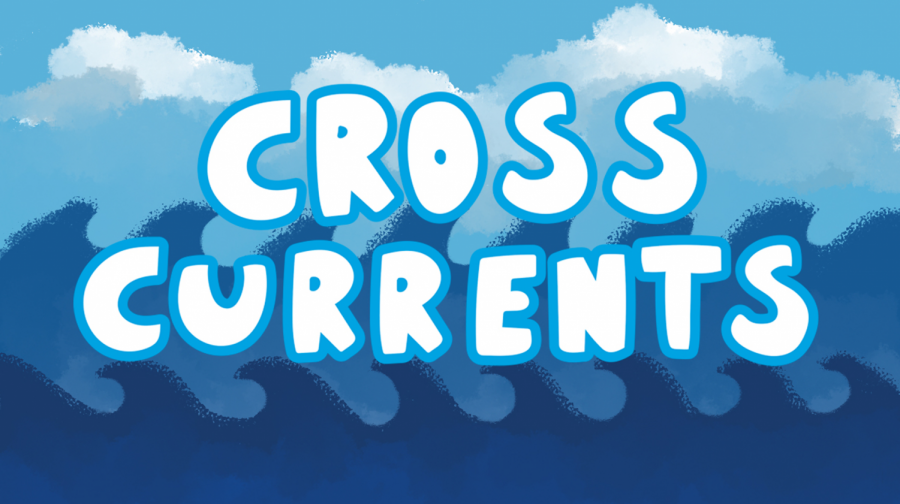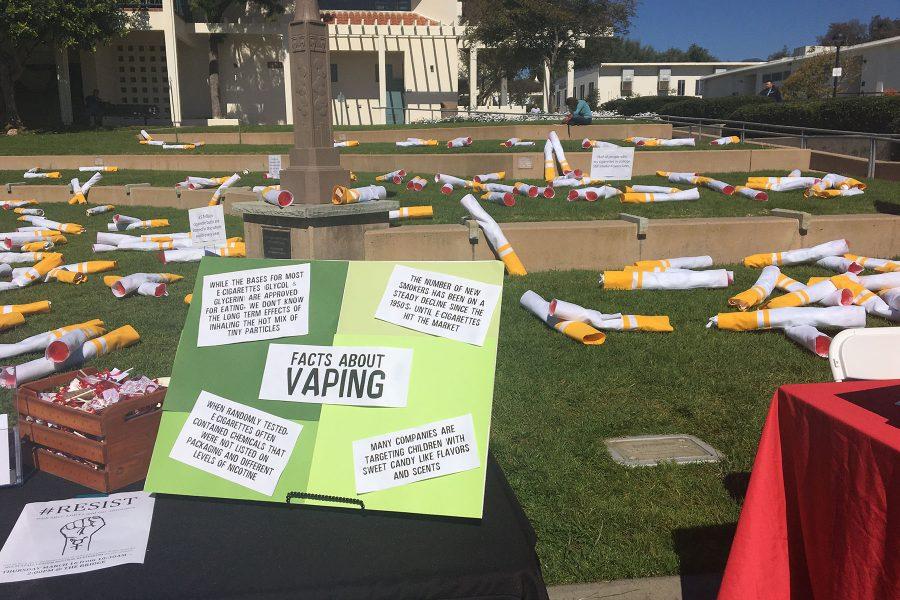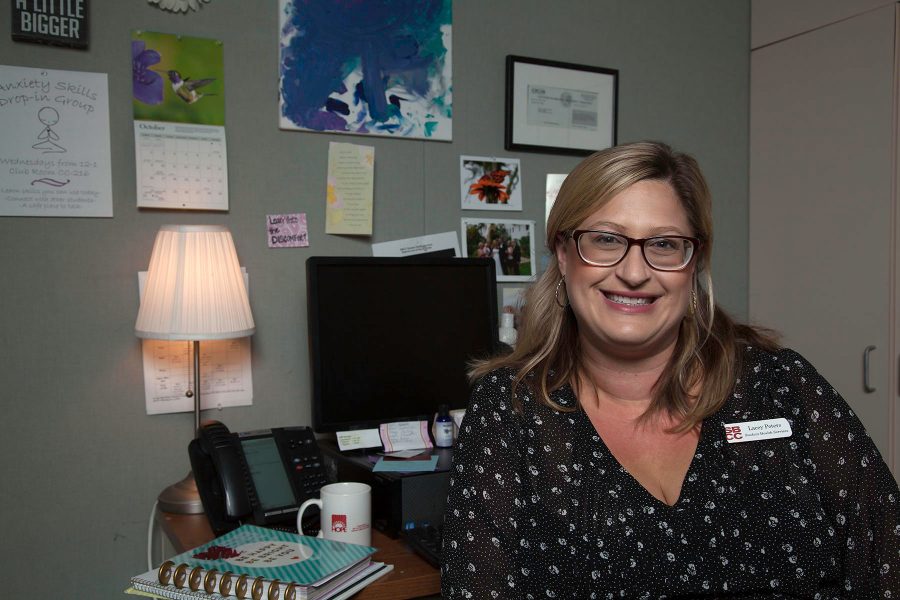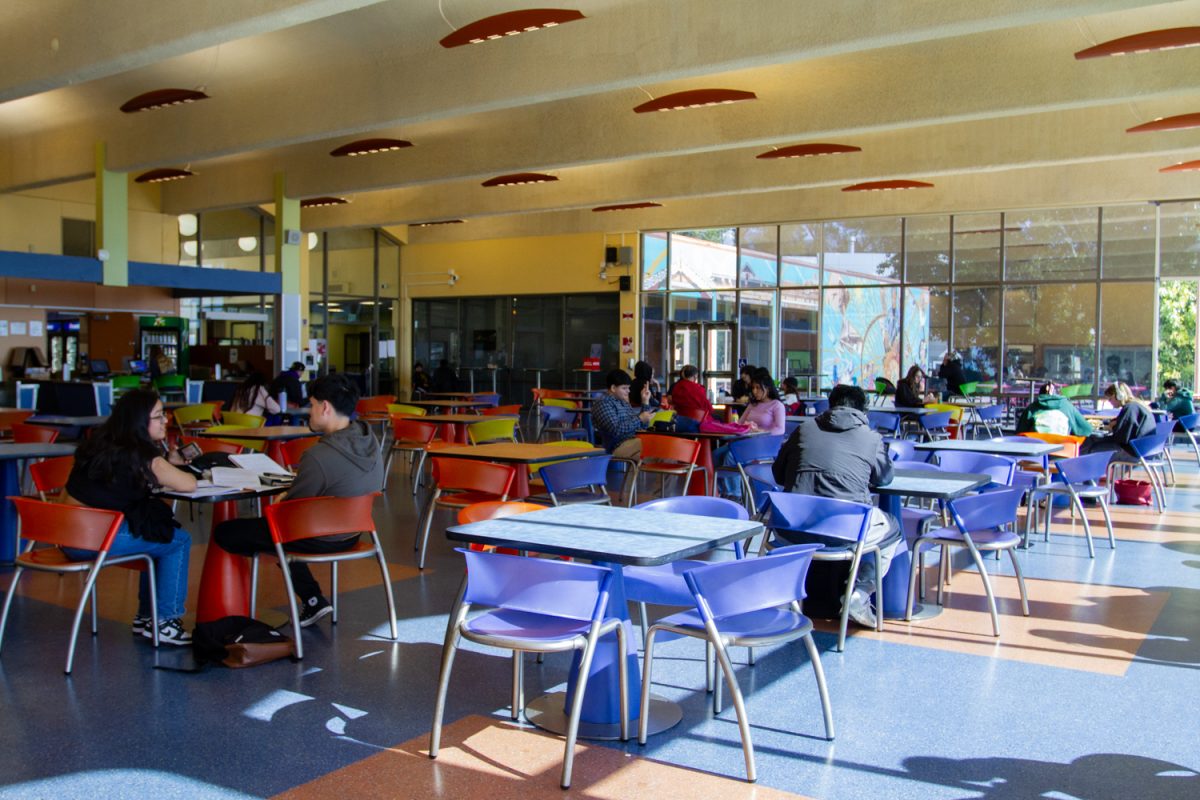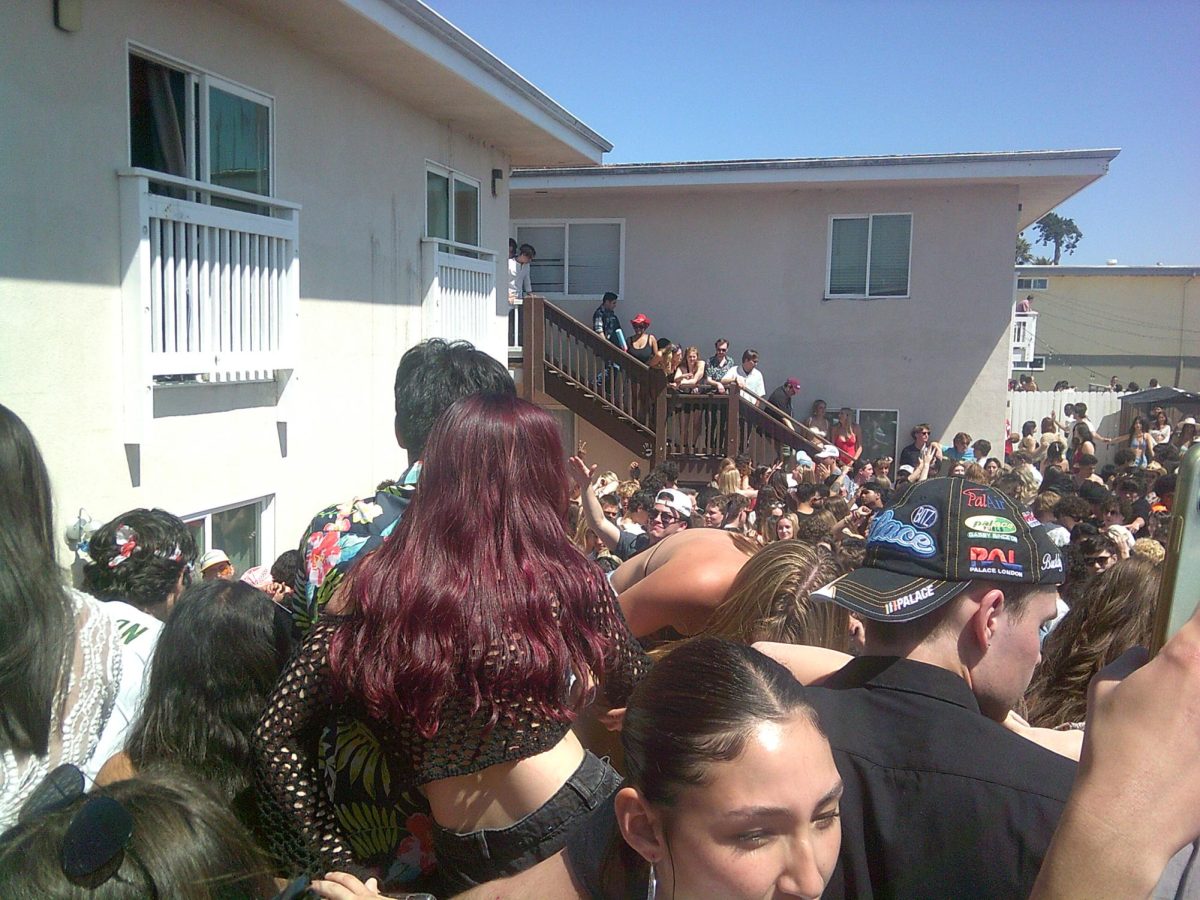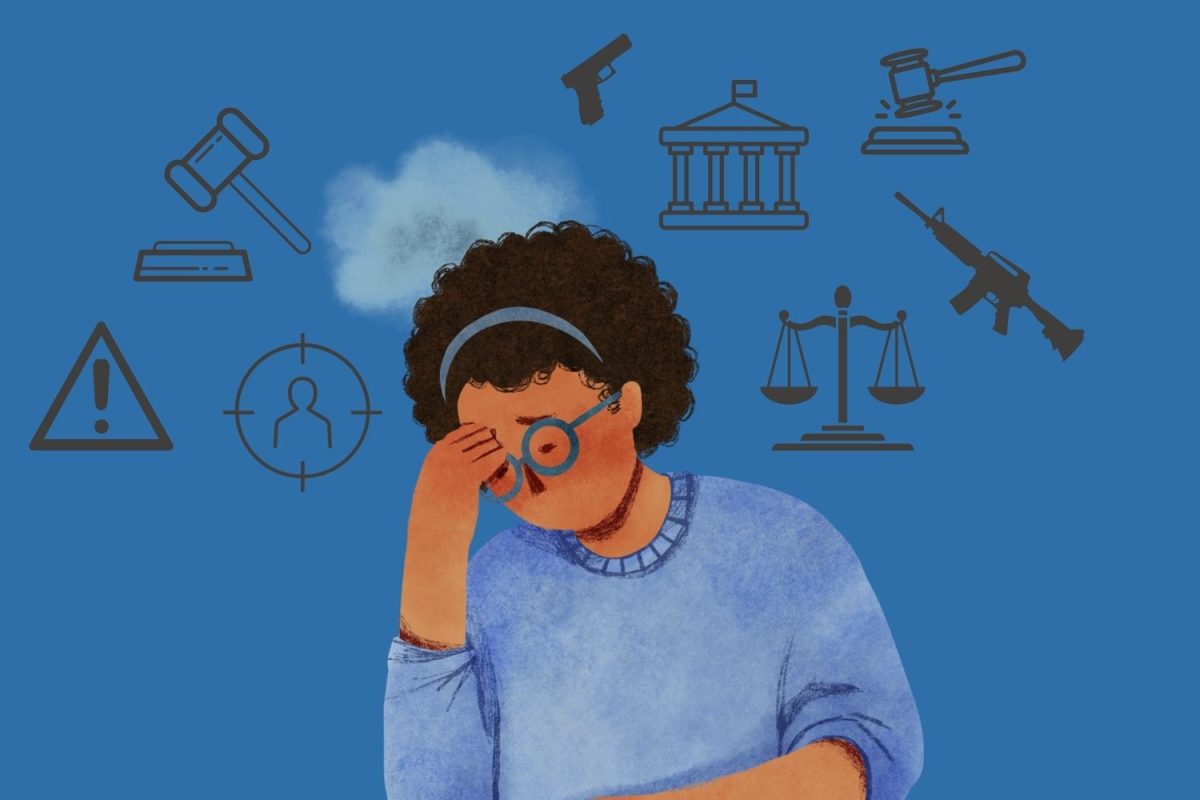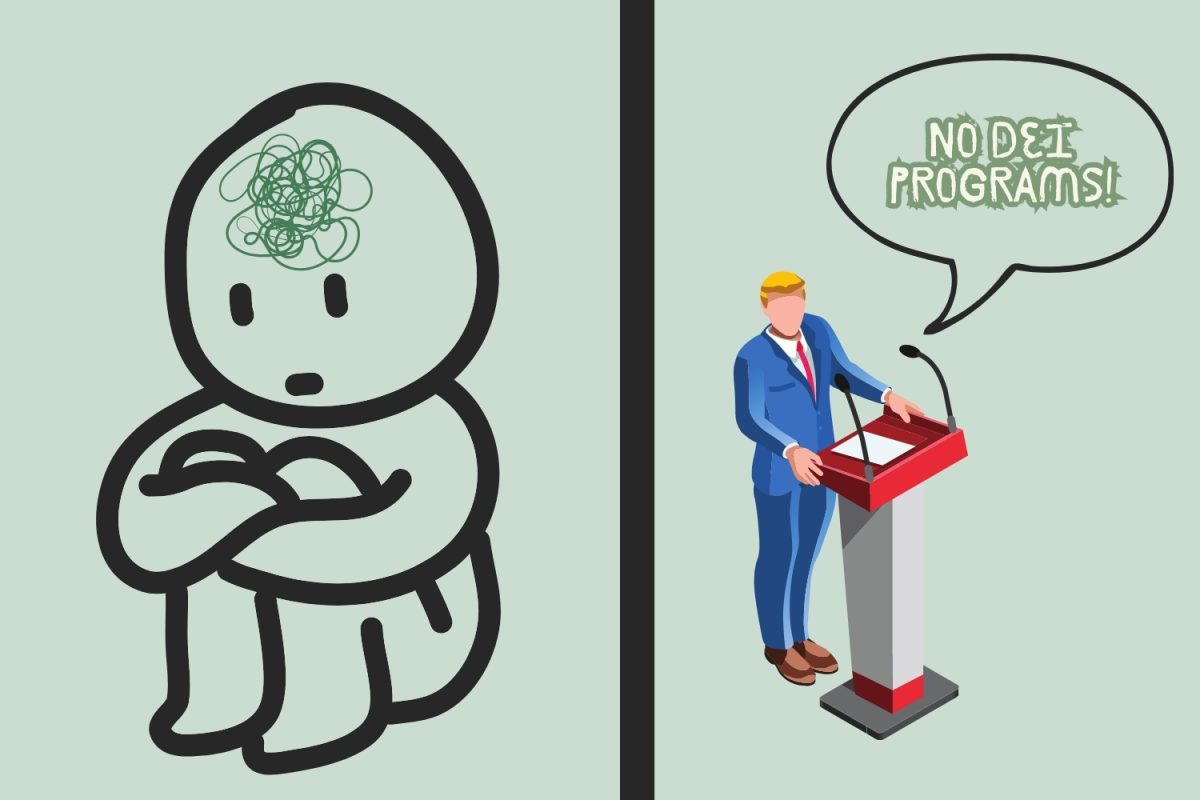In 2011 I began third quarter at a new school. Within a month my dad and stepmom had divorced. Within three, I was diagnosed with cancer. I was 15.
“You have Hodgkin’s Lymphoma Disease,” said Dr. Chao. “It’s a type of cancer. Your hair will fall out…”
The rest is all a blur. My panic attack suffocated me into a lonely state of hysteria.
I was with my stepmom, but, for the first time in my life, my father couldn’t be with me. And even though for the past 14 years I’ve wanted to reunite with my deceased mom and brother, I was not ready to die—not now; not like this.
I soon became dehydrated from my tears and hyperventilation. The room spun like a never-ending teacup ride that would leave my balance forever unattainable.
Before the devastating doctor’s visit I was an alien to the world of cancer, even when they were testing me for it.
It turned out I developed the cancer while living in Iowa. I didn’t bring up the lump in my neck before the move because I thought it was a muscle knot and that my pain could be brushed to the side. My family of six was stressed about our unsold house, which consequently left us squeezing into a two-bedroom apartment in Virginia.
Soon enough, that one enlarged lymph node grew to the size of a golf ball as several others emerged, swelling my entire neck.
I began chemotherapy on April 15, 2011. From start to end, I lost 25 percent of my body weight. I lost hair everywhere except my arms, including my eyebrows and eyelashes. I lost people who I thought were my friends. I lost my health.
I would lay on the bathroom floor for hours trying to throw up absolutely nothing.
But there is one thing I didn’t lose—The fight.
It is now October, which is Breast Cancer Awareness Month. Pink ribbons mark their territory in every store, and on every sports team and T.V. show. The list could go on and on.
This pink world brings me back to a time shortly after treatment when I, yet again, moved to a third high school. I was sitting on the sidelines as a volleyball manager, not being able to play due to my fragile remission stage. I had half-an-inch of hair on my head, watching my teammates play wearing “Dig Pink” t-shirts. My heart sunk to an unknown place below the squeaky gym floor, leaving myself feeling deserted in my own mind.
All I’ve ever wanted during and after treatment was the kind of support they were empowering. Yet here I was, a survivor of childhood cancer, drowned in pink.
Don’t get me wrong; I encourage the fact that breast cancer campaigns make such an impact and difference in people’s lives.
However, I think the separation of colors and cancer campaigns may have hindered support for cancer as a whole. I believe the world could save more lives and help more cancer patients if we’d work together.
Even though my color is violet, that’s not the cancer awareness ribbon color that I associate with most.
I admire the Childhood Cancer Awareness ribbon, which is colored gold, for representing multiple forms of cancer. It doesn’t matter what cancer a child has. If they have it, they are in the gold family.
Everyone, but especially kids, who has been diagnosed with cancer have their whole lives ahead of them. Just because their cancer is rare, it doesn’t mean that they don’t deserve the same amount of attention and support as those who are diagnosed with well-known cancers. Breast cancer foundations have grown tremendously, unintentionally leaving other forms of cancer in the dust.
Last month was Lymphoma and Childhood Cancer Awareness Month, or the month of violet and gold. Please tell me one time you walked into a store and saw gold? How about violet, or any other color of the rainbow?
Cancer doesn’t discriminate and neither should society.


